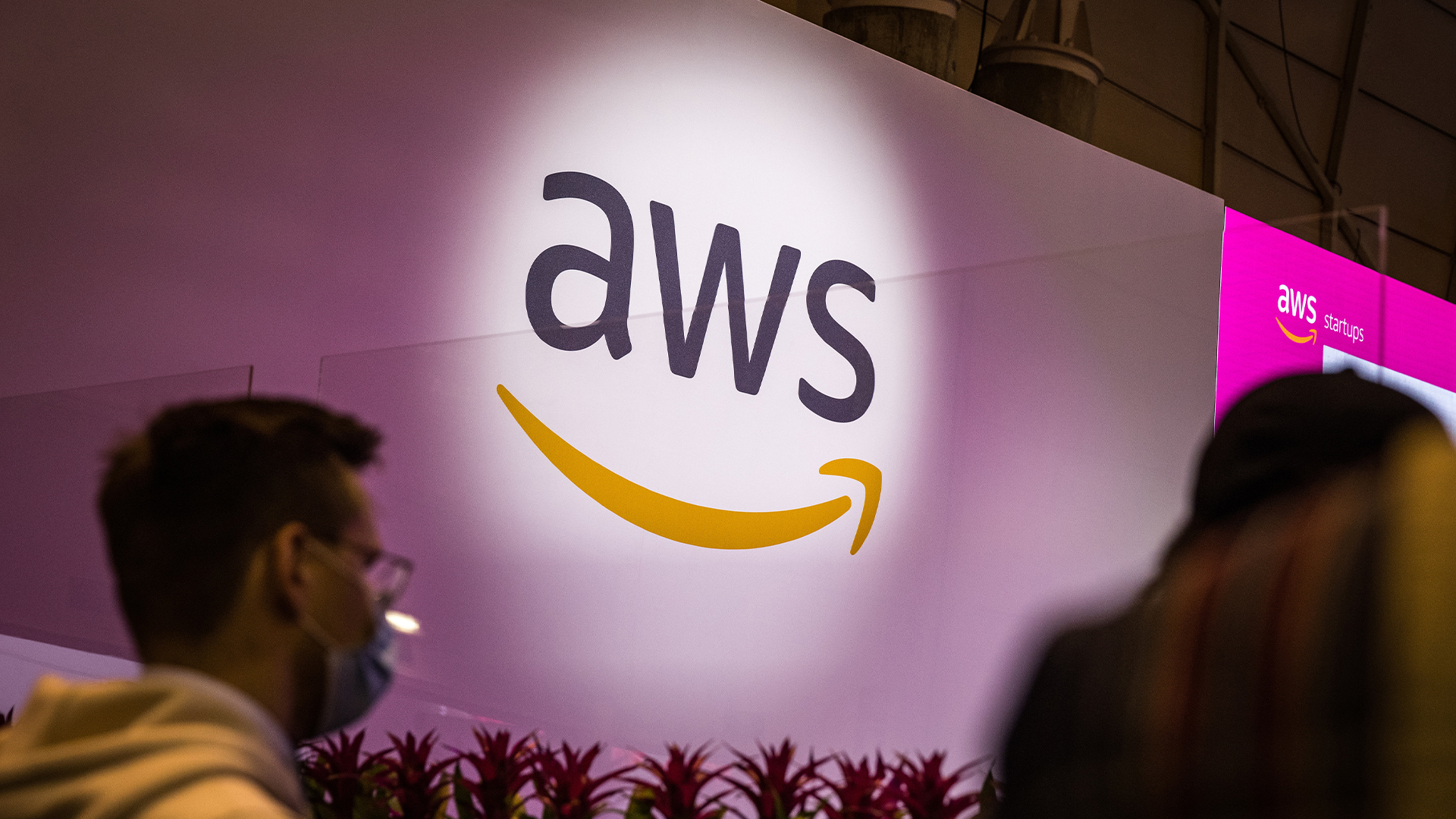How bridging the IT visibility gap empowers channel partners
CAASM enhances IT visibility, secures assets, and boosts channel partner growth


When I talk to IT and security heads today, one of their biggest security challenges is properly understanding their IT environments. Most enterprises have seen their estates explode over the last few years, sprawling across home offices and BYOD devices under a loose multi-cloud umbrella.
Cloud migration and flexible working policies have contributed to the sprawl, but part of the reason it's so unmanageable is that companies still rely on the same old discovery tools built for a static network. Whenever we scan a new environment, we always uncover a large number of devices that were completely off the radar and out of scope of the protection of their IT and security policies.
But asset visibility often only becomes a priority once something goes wrong, and then it’s far too late. Channel partners have a great opportunity to guide their customers in taking a more proactive approach – and forge some new and long-lasting revenue streams in the process.
Why legacy asset-discovery tools fall short
I’ve seen firsthand how tools designed for traditional network perimeters can’t keep pace with today’s dynamic IT estates. Teams often rely on scanners and network-only probes that run on a fixed schedule and assume a static inventory. But that simply isn’t true anymore. Users with unmanaged BYOD devices log on in coffee shops, ephemeral cloud virtual machines spin up and down, and operational technology or IoT gear is often overlooked entirely.
In our engagements, clients regularly find 15% or more of their infrastructure has entirely fallen off the radar. This means there are multiple devices out there lacking regular security updates, falling outside access control policies, and creating dangerous gaps.
Cyber threat actors are specifically hunting for these blind spots to provide them with an easy attack path into the IT network.
One of the most effective ways to find and secure these rogue assets is with Cyber Asset Attack Surface Management (CAASM).
Stay up to date with the latest Channel industry news and analysis with our twice-weekly newsletter
The CAASM advantage: accuracy and context
Rather than periodic scans that show only what “should” be in your environment, CAASM pulls data continuously from EDR, identity platforms, mobile-device management, and cloud APIs to build a real-time, validated inventory.
Beyond just accuracy, CAASM adds crucial context: you get prioritized risk scoring, end-of-life alerts, and clear visibility into which assets need urgent attention. That clarity cuts through the noise of dozens of dashboards and prevents alert fatigue. In short, CAASM transforms raw data into actionable insight, giving partners the confidence to guide customers toward a truly secure, fully transparent IT estate.
The value of CAASM is immediately apparent as soon as companies connect the APIs and witness the number of unknown, unmanaged devices popping up on the dashboard, as well as up-to-the-minute accuracy.
That said, CAASM isn’t necessarily a commodity-type product because companies might not be aware that they even need it yet. I find organizations rarely budget for discovery as a standalone project, and gaps are only noticed when an incident forces their hand and the damage is done.
Channel partners will need to lean into their roles as trusted advisors and highlight their business value and strategic importance.
From product provider to strategic advisor
The positioning of CAASM fits in well with the broader direction of the cybersecurity market, where channel partners can no longer rely on transactional, one-off sales; they need to position themselves as security architects helping shape the security strategy as a whole.
By embedding CAASM into their service portfolio, partners unlock multiple use cases that jump-start deeper, ongoing engagements.
As CAASM shows the organization risks they might not have otherwise seen, it also provides an entry point to demonstrate the value of additional cybersecurity services.
These recurring revenue streams not only boost partner margins but also cement long-term customer relationships. When partners move from selling products to delivering comprehensive asset-visibility and risk-mitigation services, they transform themselves into trusted advisors and unlock significant, sustainable growth. Approaches like CAASM are a powerful way of making that change.
Delivering a frictionless CAASM rollout
Some companies may be wary about adding yet another solution to their IT security stacks.
However, a structured approach makes CAASM straightforward to roll out. I always begin with a comprehensive discovery and scoping phase, mapping the customer’s existing security and IT-management tools and agreeing up front which endpoints, cloud accounts, and identity systems will feed into the platform. Out-of-the-box connectors eliminate agents or installs, meaning partners can quickly get things running and start demonstrating value.
Alongside the ease of implementation, it’s also important to frame CAASM as much more than just another addition to the stack. It works best when tightly integrated with the rest of the security suite, aggregating information and making it easier to understand, rather than just adding yet more noise.
By adding CAASM to their portfolio, channel partners close visibility gaps before breaches and reinvent themselves with sticky, high-value services. It’s an ideal vehicle for driving better outcomes for customers and sustainable growth for themselves.

As head of channel at ThreatAware, Richard Mitchell draws on his deep industry experience to help partners deliver an innovative cyber asset management platform that changes the way organizations manage their assets and security tools.
With a strong background in the channel, Richard blends relationship building with strategic execution to help partners grow their own business. He works closely with them to deliver smart, proactive cyber defences that drive real, measurable results.
-
 How the channel weakened ransomware’s grip
How the channel weakened ransomware’s gripIndustry Insights What tools and techniques are empowering businesses to say no to ransomware demands?
-
 The deepfake threat to mobile app authentication: What CISOs need to know
The deepfake threat to mobile app authentication: What CISOs need to knowIndustry Insights Deepfakes threaten mobile facial authentication, demanding urgent action from CISOs
-
 Data at risk: helping your customers close gaps in their supply chain
Data at risk: helping your customers close gaps in their supply chainIndustry Insights Most UK businesses lack visibility into third‑party supplier data governance, exposing themselves to compliance and cyber risks…
-
 DNS Security 101: Safeguarding your business from cyber threats
DNS Security 101: Safeguarding your business from cyber threatsIndustry Insights What strategies can businesses implement to strengthen defenses against the increased threat landscape?
-
 What actions should channel partners take in response to DSPM growth?
What actions should channel partners take in response to DSPM growth?Industry Insights How can channel partners best support their customers when it comes to adopting DSPM?
-
 Cyber attacks: Can the channel save the day?
Cyber attacks: Can the channel save the day?Industry Insights Channel partners are becoming the first – and often only – line of defence for businesses facing growing cybersecurity threats
-
 Non-human identities: Are we sleepwalking into a security crisis?
Non-human identities: Are we sleepwalking into a security crisis?Industry Insights Machine identities have exploded - yet security strategies remain human-focused
-
 Managing NHIs in the enterprise
Managing NHIs in the enterpriseIndustry Insights Enterprise concerns about managing non-human identities create channel opportunities

